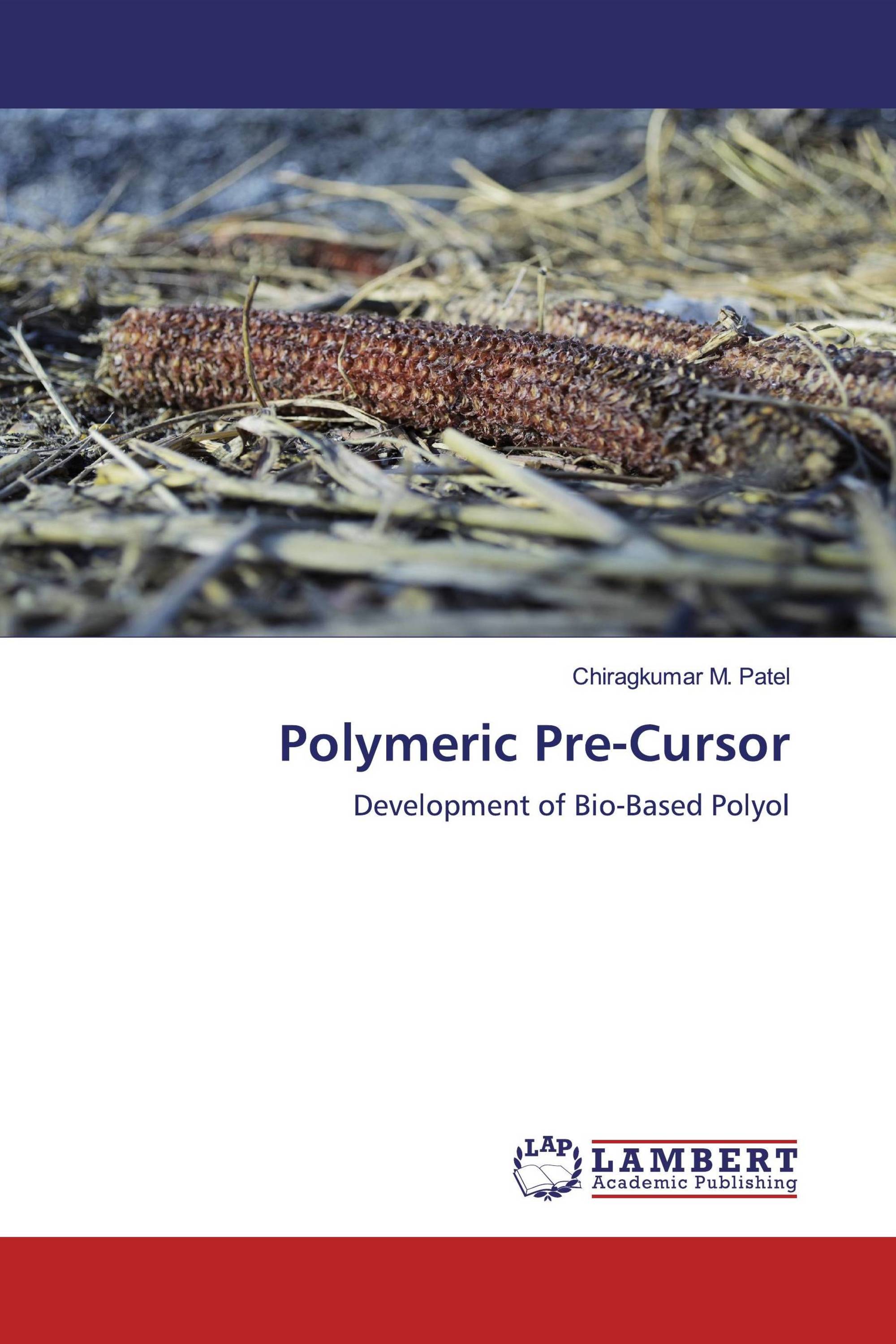Polymeric Pre-Cursor
Development of Bio-Based Polyol
LAP Lambert Academic Publishing ( 2020-02-11 )
€ 39,90
There are various innovative technological routes available to make utilization of a wide assortment of biomass types (agricultural waste) as a renewable energy source. In late year, a novel move towards liquefying the entire lignocellulosic materials was produced; with this technique opened entryway for utilizing the enormous amounts of biomass unused. Through liquefaction, lignocellulosic component, cellulose, hemicelluloses and lignin are brought to low molecular weight compounds with high reactivity that can be used in many useful potential applications. Liquefaction procedure should be possible by various techniques, catalyst and diverse parameters. These are discussed below: There are various solvolytic (water, acetone, ethanol by Liu and Zhang [1]; phenol, ethylene glycol, ethylene carbonate by Yip et al. [2]; glycerol, diethylene glycol by Kunaver et al. [3]) liquefaction techniques and their ensuing final products (fuels and chemical feedstock’s) has been carried out in the last years on different types of biomass. There are mainly two techniques in practice these are, oxypropylation and liquefaction process.
Book Details: |
|
|
ISBN-13: |
978-620-0-30301-1 |
|
ISBN-10: |
6200303010 |
|
EAN: |
9786200303011 |
|
Book language: |
English |
|
By (author) : |
Chiragkumar M. Patel |
|
Number of pages: |
64 |
|
Published on: |
2020-02-11 |
|
Category: |
Chemistry |




